Aquarium Botanicals and Fish from Borneo Habitats
Where is Borneo Located on Planet Earth?
Located in Southeast Asia, Borneo is the third largest island in the world (after Greenland & New Guinea). The island is divided among three countries: Malaysia, Indonesia (Kalimantan), and Brunei. Borneo is home to some of the most biodiverse and unique ecosystems in the world, including the peat swamp forests – a type of tropical forest typically found in low-lying areas with poor drainage and high levels of rainfall. Locals refer to peat ecosystems as gambut habitats. Indigenous peoples have depended on the health of peat swamp forests for countless generations, utilizing resources for food, medicine, and building materials.

What pH is Found in Blackwater Peat Swamp Forests?
Borneo peat swamp forests are characterized by their nutrient-poor, waterlogged soils, composed of layers of decomposing plant material that have accumulated over thousands of years. The pH of these soils is typically between 3.0 and 5.5 (nearly as acidic as vinegar!), which is significantly more acidic than most other soil types.
The low pH of peat swamp forest soils is due to the accumulation of organic acids produced by the breakdown of plant materials in the anaerobic conditions of the forest floor. These acids create a challenging environment for many plants and animals to survive in. However, some species have evolved adaptations that allow them to thrive in these acidic conditions, such as specialized root systems and enzymes that can tolerate or even utilize the acidic environment. Peat swamp forests would be considered blackwater ecosystems for their low conductivity and pH.
Changes to the pH of peat swamp forest soils can significantly impact the health and diversity of the ecosystem. For example, drainage and deforestation can lead to increased soil pH, which can alter the composition of plant and animal communities. In addition, changes in pH can affect the availability of nutrients and other essential elements required for the growth and survival of plants and animals.
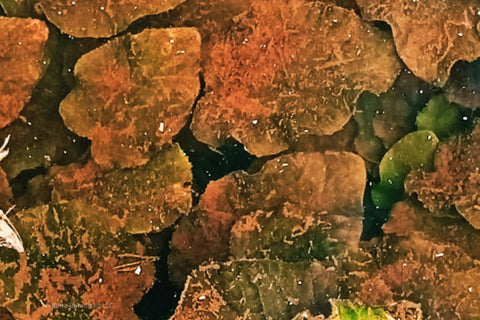
What Kinds of Fish Live in Peat Swamp Forests?
The Borneo peat swamp forests are home to a diverse range of aquatic life, including many fish species. These forests have unique soil and water chemistry – low in oxygen and high in acidity. The acidic conditions have a significant impact on the plants and animals that live in the forests. Despite these challenging conditions, many fish species have adapted to thrive in this environment, including a variety of wild bettas.
Fish are an important part of the Borneo peat swamp ecosystem, providing food sources for larger predators such as birds, reptiles, and mammals. Some fish species native to these forests include the Asian Arowana and a variety of gouramis (such as the chocolate gourami and the giant red tail gourami), rasboras (such as rasbora sarawakensis), and catfish (such as the glass catfish and Borneo walking catfish). These species are well-adapted to low-oxygen levels and acidic water.
Other fish species in the peat swamp forests include the Climbing Perch, which are part of the Anabantidae family (along with bettas and gouramis). This hardy freshwater fish can survive in the low-oxygen conditions of the swamp by breathing oxygen from the surface.

Wild Bettas in Peat Swamp Forests
Borneo is home to several species of wild betta fish, including Betta albimarginata, Betta patoti, and Betta hendra. These species are typically found in slow-moving or stagnant bodies of water, such as swamps, peatlands, and vernal pools. Bettas are labyrinth fish – meaning they have developed a special organ allowing them to breathe oxygen directly from the water’s surface. Interestingly, many of the fish found in Borneo peat swamps have developed labyrinth organs. It is one of the few regions of the world where you’ll find labyrinth catfish. Labyrinth organs are one of the many ways fish have adapted to the unique environmental conditions of these habitats, such as low-oxygen levels, acidic water, and fluctuating water levels.
Wild betta species in Borneo display a range of colors and patterns, with some species having iridescent scales or bold stripes. They also exhibit unique behaviors such as bubble nest building, mouth brooding, and courtship displays, which are used to attract mates and defend territory.
We recommend setting up a peat swamp biotope if you keep (or plan to keep) wild bettas. Our experts at Betta Botanicals can help answer any questions you might have.

Botanicals in Borneo Peat Swamp Forests
The forests of Borneo supply local waterways with a variety of leaf litter. If you're looking to recreate a peat swamp biotope in your home aquarium, you have plenty of botanical options! Consider adding botanicals such as:
- Jackfruit Leaves
- Guava Leaves
- Jambolan Leaves
- Melastoma Roots
- Cocoa Pods
- Macaranga Leaves
- Sappan Wood Pods
- Sterculia Pods
We also carry ecosystem kits for different aquarium sizes, allowing you to pick and choose the botanicals you want to us when you build your ecosystem! Keep your eyes peeled for future substrates available from Betta Botanicals which replicate Borneo habitats, we are actively mixing up our new substrate line as you read this.

Habitat Destruction in Bornean Peat Swamp Forests
Despite their importance for biodiversity and carbon storage, these forests have been heavily impacted by human activities, leading to the loss of many species. Peat swamp forests and their fish populations are under threat from deforestation and drainage for agriculture, logging, and palm oil plantations. These activities are causing the loss and degradation of forests, leading to habitat destruction and fragmentation. Conservation efforts are needed to protect the Borneo peat swamp forests and many activist groups are working towards sustainable solutions. This includes creating protected areas and sustainable management practices for the ecosystems which include the fish populations within them.

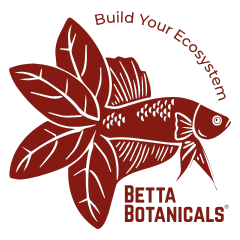
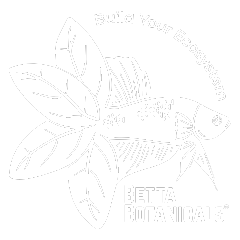



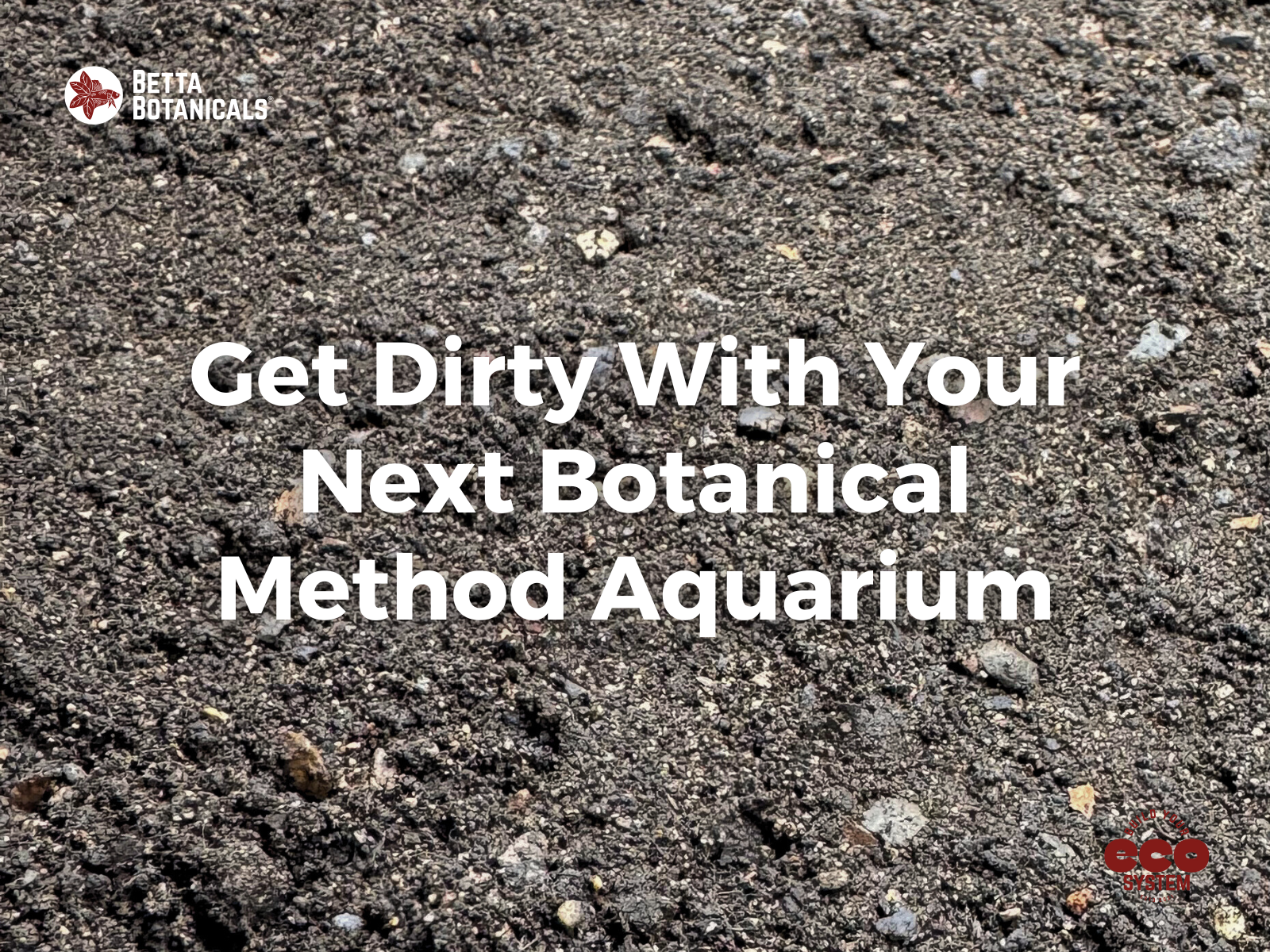
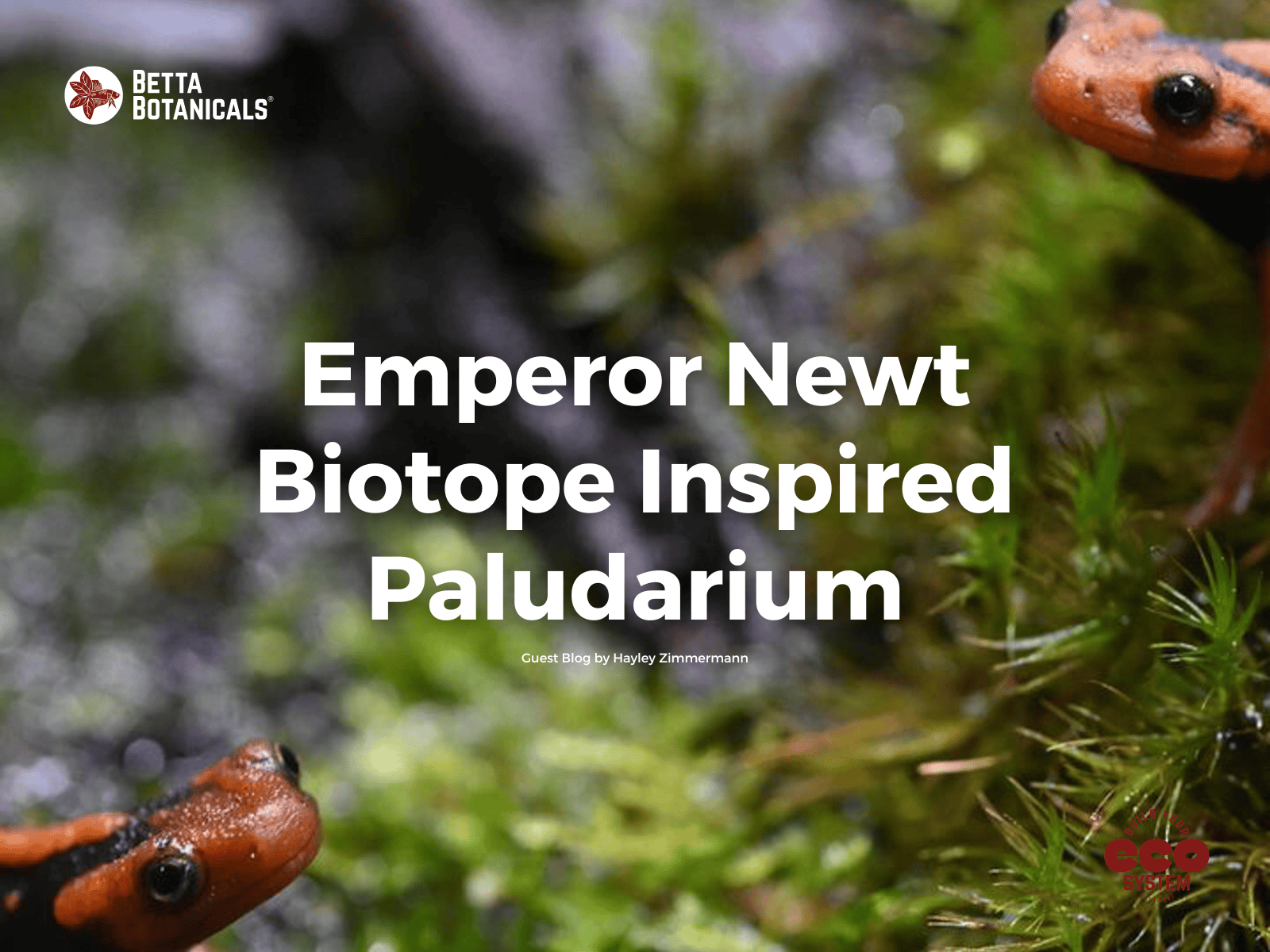
Inspire your friends:
A Terrestrial and Aquatic Guide to the Monkey Pot
What Leaves Can I Feed My Shrimp? Shrimp Safe Leaf Litter!